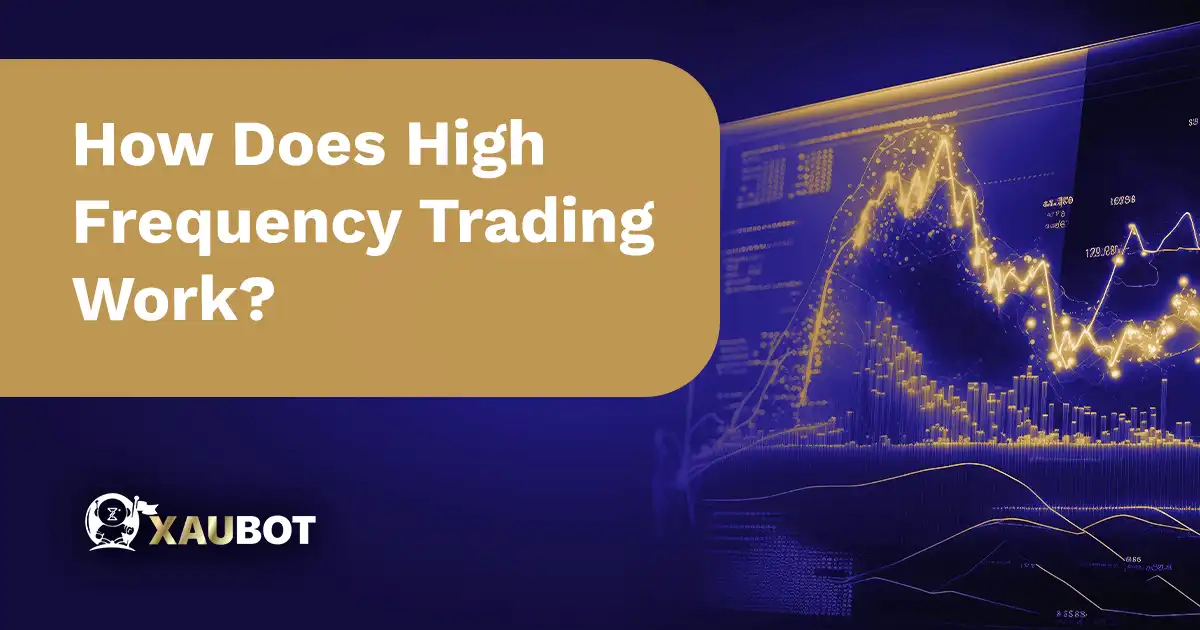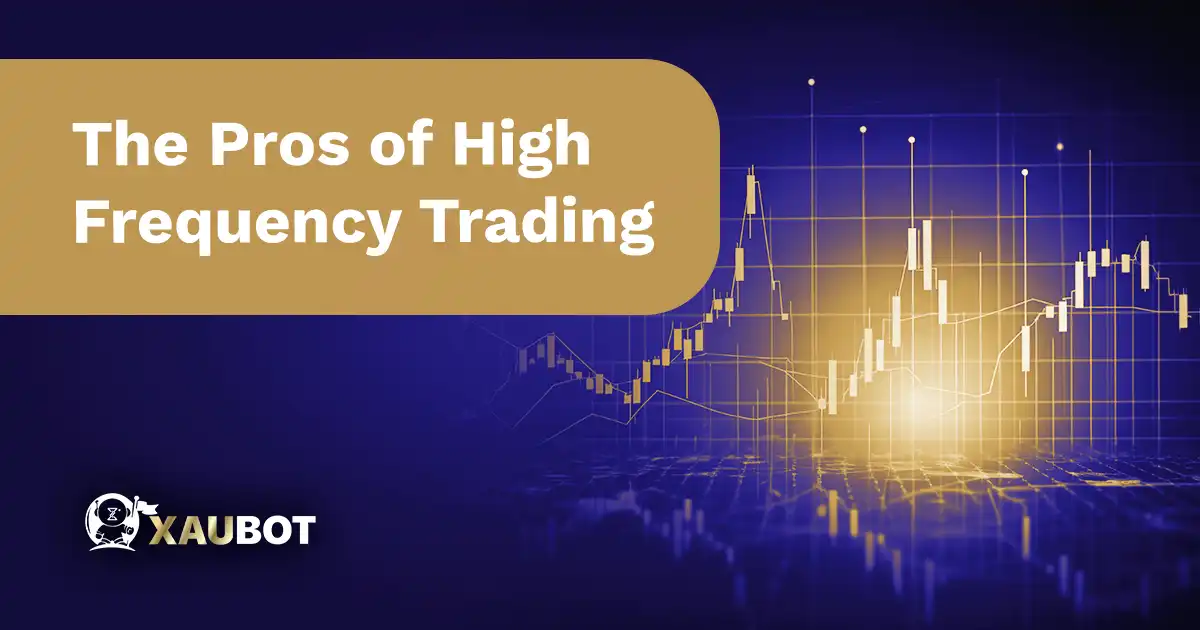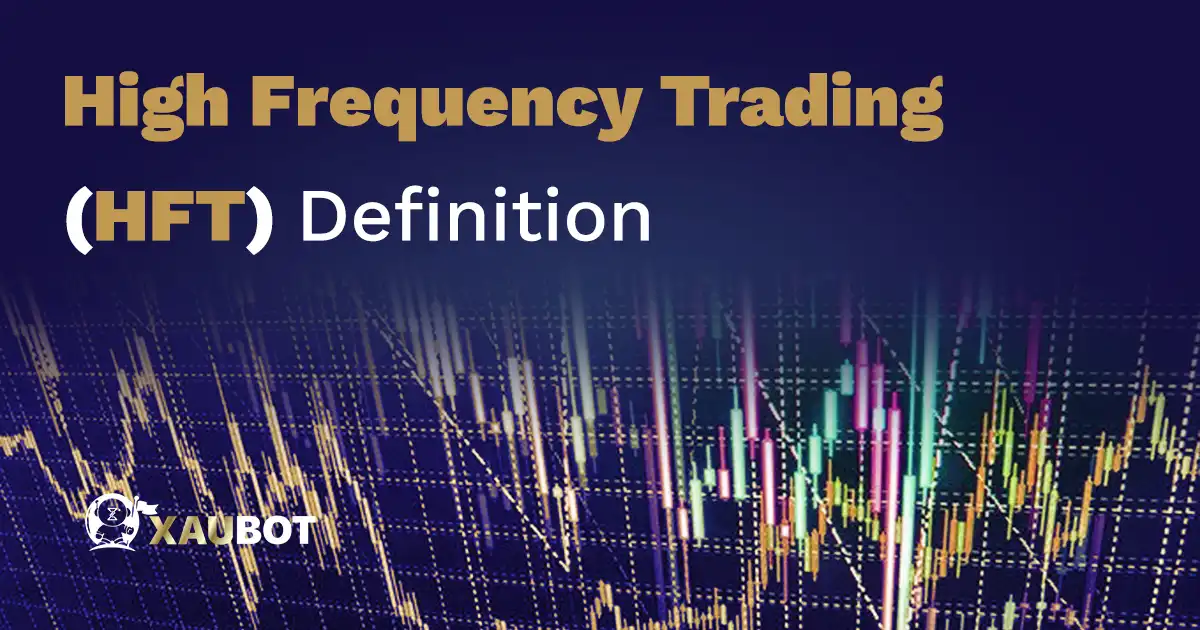When it comes to the speed of trades, pretty much nothing beats High Frequency Trading, otherwise known as HFT. This is a method of trading that employs a very powerful computer and digital mechanism to carry out a very large number of trades in a short period of time.
But that is merely a cursory glance at the notion of HFT. It is far more important to find out what High Frequency Trading really is, how it works, what are its advantages and disadvantages, and last but not least, which markets are more suitable for High Frequency Trading.
What Is the Meaning of High Frequency Trading?
As it has been established, the process of High Frequency Trading entails employing very powerful computer programs to execute a large number of trades in a limited amount of time. When we are talking about a limited amount of time, we actually mean less than a second.
The programs that are used in High Frequency Trading are extremely complex and use algorithms that are quite advanced. These algorithms will in turn analyze the market for the trader for the purpose of speeding up the process of trading.
High Frequency Trading provides a method for traders to execute numerous trades in the shortest time frame possible. Naturally, when this happens there is an accumulative process that takes place and aggregates a considerable amount of profits.
Clearly, as it can be seen, High Frequency Trading can be regarded as a form of algorithmic trading. And algorithmic trading as a whole is a general approach to trading whereby an algorithm is employed to execute the trades instead of the trader.
One special feature of High Frequency Trading can be shown in its usage by a special type of market participant. When large players in the market, including organizations and institutions, especially hedge funds and venture capital companies, employ HFT, it will yield a result other than the high number and extremely high speed of trading.
The byproduct of the usage of High Frequency Trading by large companies is the movement of extremely high volumes of money in the market. Because the initial equity is a lot, the resulting cumulative profits would also be substantial.
Put these all together, this usage would create a sort of artificial boost in liquidity in the market. The reason we believe this injection of liquidity into the market is artificial is because it only comes with High Frequency Trading carried out by the big participants. Once they pull out, so does the liquidity.
But how exactly does HFT work? More on that in the next section.
How Does High Frequency Trading Work?

How Does High Frequency Trading Work
The first thing you need to know about how High Frequency Trading works is its extremely complex nature. It goes without saying just how tremendously complicated calculations and algorithms are involved in the proper execution of HFT.
As a result, High Frequency Trading is first and foremost employed by big participants in financial markets. We already mentioned a few of these. These significant participants in financial markets could be financial organizations themselves such as investment firms or hedge funds all the way to commercial and even central banks. Not to mention big corporations and companies that do not want to merely sit on their foreign currencies at their disposal.
The use of HFT became much more popular especially in the stock market following the collapse of the global economy back in 2008. After that time period, many of the brokerage firms went down. Naturally, the market needed a great deal of liquidity. To provide this equity in the market, many large institutions and brokerage firms decided to offer High Frequency Trading to their select investors and a means of bringing in more money to the market.
One more feature of the HFT that you need to know is that because it is used by such affluent participants and the amount of money that they bring in and that results from the use of HFT is so high, it can have substantial impacts on the market.
It means that the mere present of High Frequency Trading in the market can sway price movements in certain directions or another. It can be likened to the presence of whales in the crypto market, especially with regard to Bitcoin, and how moving large sums of BTC can clearly and very obviously change the trajectory of price movement.
The Pros of High Frequency Trading

The Pros of High Frequency Trading
There are a certain number of advantages that are rather unique for HFT. If not unique, then these advantages are much more pronounced with this trading method.
First, the increased liquidity in the market. As mentioned, due to the complexity of this trading method, High Frequency Trading is almost mainly used by banks and large financial institutions. They garner investment, and bring in a lot of initial assets, all of which results in higher cumulative profits. Put two and two together, and you have increased liquidity in the market.
Second, HFT provides a method for these institutional traders to have highly fast and straightforward means of executing trades. A method that removes all the biases and sentimental hurdles out of the way.
Third, the sheer number of trades that are carried out using High Frequency Trading is extremely high. This can be unbelievably beneficial in markets with razor thin profit margins. When you add up all the narrow margins, it amounts to something quite significant.
The Cons of High Frequency Trading
There is always a downside to anything positive. And the downside of HFT is that it eliminates the human factor completely. This might be puzzling to you since we mentioned this very feature as an upside in the last section. But there is a downside to it as well.
Precisely because the human factor is wholly gone, there is no room for human decision and discretionary process.
On the other hand, when a huge sum of liquidity is being traded in the market, it can artificially impact the price movements and impact the market in a negative manner.
When and Where to Use High Frequency Trading
There are certain markets that are more useful for High Frequency Trading. Well, not precisely useful, but more suitable for HFT. One such market is naturally the stock market. We already mentioned the reason and also the impact of HFT on the stock market.
The use of High Frequency Trading in a market such as the foreign exchange market or the forex market is a bit more controversial than other markets. Though it is not technically illegal, there are certain constraints.
But a market in which we frequently see the use of HFT is the crypto market. In the same way as other markets, institutions can use this trading method to quickly analyze the market data and then carry out seriously high numbers of transactions in only seconds.
Conclusion
High Frequency Trading is a method of trading that involves the use of complex algorithms and programs to analyze the market and then carry out a high number of trades in the fastest time possible, sometimes even less than a second.
